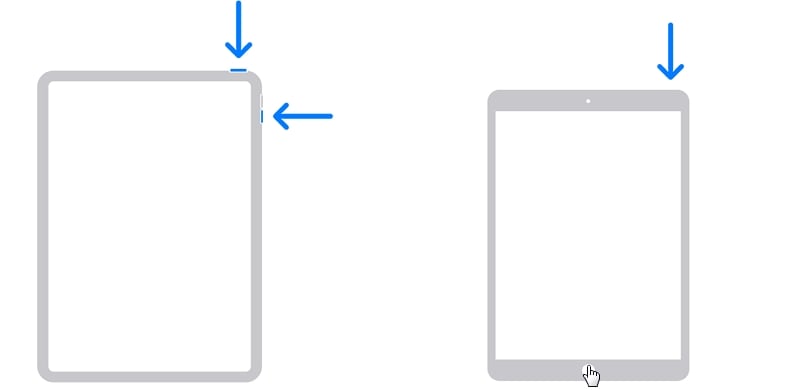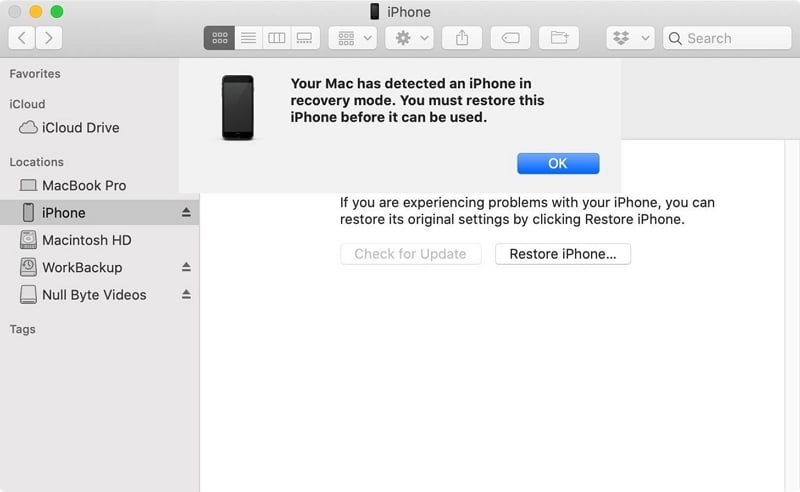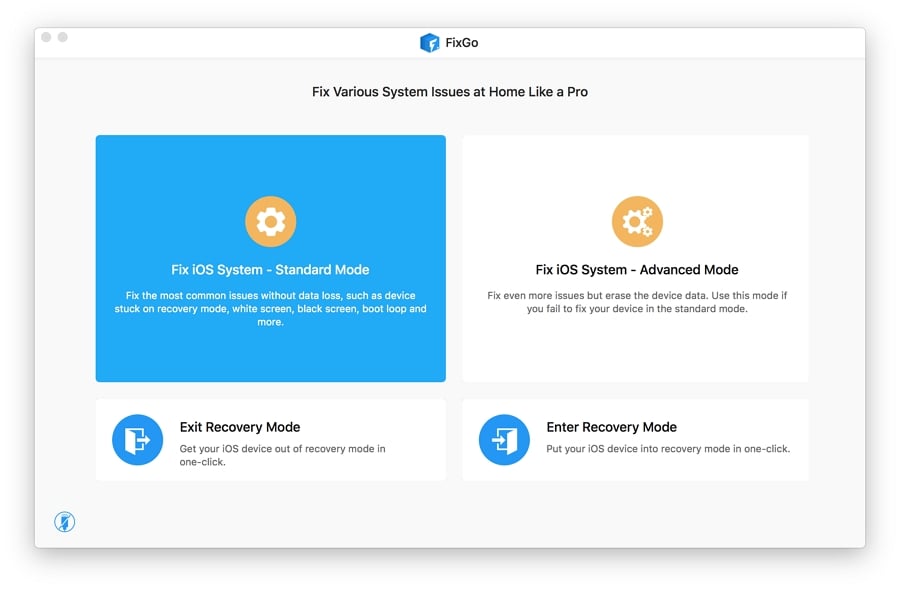In this guide, we are going to be looking at the iPad DFU mode. If you have heard of DFU restore as a way to solve some iOS issues, but you were otherwise afraid or unsure of how to use it, you’re in the right place. Let’s begin with exactly what DFU mode is.
What Is iPad DFU Restore?
In the simplest words possible, a DFU restore is the most in-depth restore you can attempt on your iPad. When you put your iPad in DFU restore, you essentially erase all data on the iPad and every line of code.
It should, therefore, be the last resort when fixing the iPadOS and when it doesn’t work, it is most likely not a software problem, but a problem with some of the hardware components on your iPad.
DFU Mode VS Recovery Mode
By now you’re probably wondering how DFU varies from recovery mode. The following are some of the main similarities and differences between the two:
Similarities
- Both DFU and recovery mode can be used to restore the latest version of iOS on your iPad.
- You can exit both recovery and DFU mode very easily.
Differences
- You may not be able to save any of your content when you use DFU mode.
- Putting your device in DFU mode is a necessary step when jailbreaking the device using Redsn0w. Recovery mode, on the other hand, is necessary when you want to install new software on the device.
- You can use DFU mode to downgrade the device to an older version of iOS. Recovery mode may not be useful in that regard.
- DFU mode can bypass the bootloader, preventing the device from loading the default iOS. Recovery Mode cannot bypass the bootloader on iOS devices.
What Can DFU Mode be Used For?
DFU mode can be useful for a number of things including upgrading firmware, downgrading firmware, or rebooting a tethered jailbroken device.
Back up your iPad Before Put iPad in DFU Mode
Before putting your device in DFU mode, it is very important to make a backup of all the data and information on the iPad. Keep in mind that DFU mode erases all the content on the device and you may lose all your data including your photos, videos, and music if you don’t back up the data on it.
How to Put iPad in DFU Mode
Once you have created a separate backup of all the data on your iPad, you are now ready to put the device in DFU mode. Follow these simple steps to do it:
Step 1: Use the iPad’s lightning cable to connect the iPad to a computer running iTunes (PC and macOS Mojave 10.14) or Finder (Mac OS Catalina 10.15). Open iTunes or Finder if they don’t automatically open.
Step 2: Now press and hold the power and the home button on the device until the screen turns black.
Step 3: Once the screen turns black, let go of the power button but keep holding the Home button.
Step 4: Continue holding the Home button until you see a message in Finder or iTunes saying there is a problem with the device.

If this message doesn’t pop up in iTunes or the device’s screen doesn’t turn black, you may need to repeat the steps.
How to Restore Your iPad in DFU Mode
Once the device is successfully in DFU mode, there are a number of things you should do in iTunes or Finder to perform a DFU restore on the iPad. Click “OK” to close the message that popped up when iTunes or Finder detects the device in DFU mode.
Click “Restore iPad…” and then click “Restore or Update” to begin restoring the iPad. Finder or iTunes will download the latest version of iOS on the device. The restore process will start as soon as the download is complete.

How to Exit DFU Mode
Exiting DFU is easy, just follow these simple steps:
Step 1: You will need to force restart the iPad while it is still connected to the computer. To do that, press and hold the Power and Home buttons on the device and keep holding the buttons until the Apple Logo appears on the device.
Step 2: Let go of the buttons when the iPad disappears in iTunes or Finder.
Step 3: Now press the Power button to turn on the device.
What If DFU Mode Won’t Help?
Sometimes even DFU mode can fail to fix the iOS problem. If this happens and you are certain the problem is not hardware related, then we recommend using iToolab FixGo. FixGo is a third-party iOS system repair tool that can be useful in fixing a number of iOS stuck issues and may be able to help when DFU mode doesn’t work. It can be useful in the repair of up to 200 different types of iOS stuck issues including a device that is stuck on the Apple logo, black screen, device stuck during the update or a device that is stuck in recovery mode without causing data loss.


